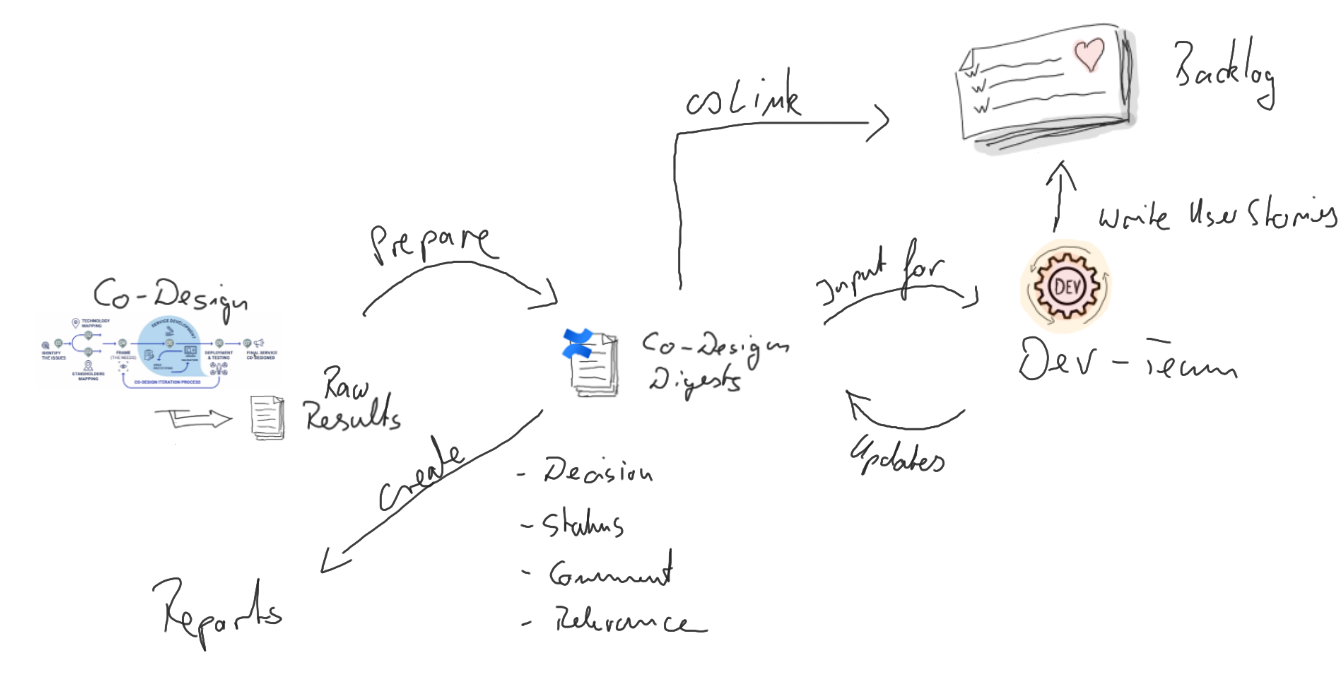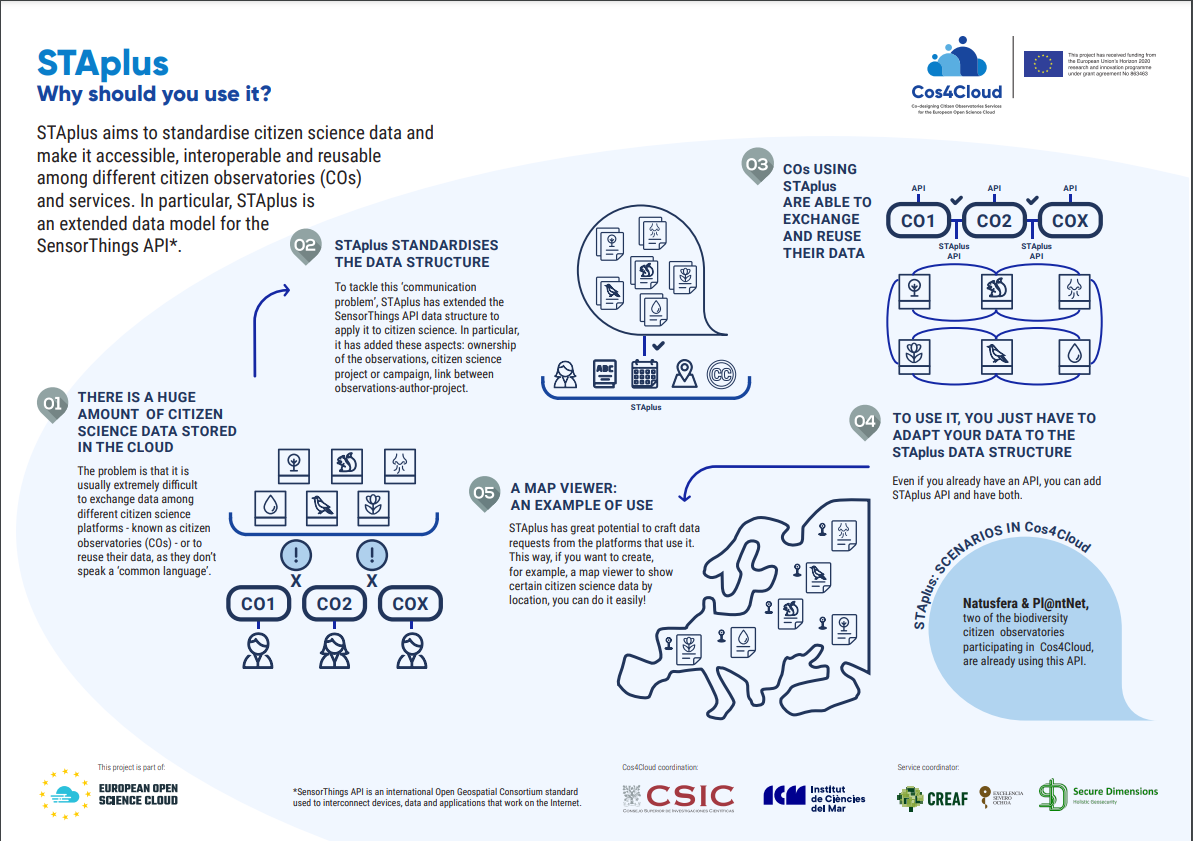52°North presents work done on agile methodologies
The Cos4Cloud project partners met February 2 -3, 2023 in Barcelona to discuss the results and further cooperation in a last project meeting. Over the last three years, we have been working intensively on methodologies and services to improve citizen science platforms (citizen observatories), which will boost the quantity and quality of citizen science data and ensure their long-term viability. Learn more about the H202 project at the Cos4Cloud web site. 52°North presented a wrap-up of the agile methodologies developed and refined during the course of the project.
One of our biggest challenges was to find agile methods that fit Cos4Cloud as an H2020 project. Usually, such a project consists of numerous partners and stakeholders. Many different development teams were involved and co-design was a required core method.
Our general recommendations were close to what popular agile frameworks typically recommend, for example
- striving for early feedback
- writing user stories that are self contained, scoped and testable
- or embedding everything in iterative development cycles.
During the first quarter of the project, we surveyed the development teams about their use of agile methodology. It was clear that almost all of them were already using some form of agile, so that was great. As a result, we were able to ensure that the teams continued to work in an agile way and focused more on the project level and how to tie these agile development paths together.

What you see in this sketch is the big picture of our agile methodology at a larger scale. It includes different groups, their artifacts, and shows how everything is connected. In the middle, you see the development tracks of the development teams. Each team was expected to work iteratively on their service and create some sort of roadmap. The SciTech group – the melting pot of all the developments – used these roadmaps at the project level to plan what was called the minimum viable environment. Within the group, we tried to get feedback about our activities on the project level. For example, we tested certain things in hackathons and even formed further development tracks.
On the left side you see the CoNNect group. They combined all work packages and organized all co-design workshops. The co-design workshops provided important input and feedback to the individual development teams. To pre-process and filter the results of each workshop and integrate them into the actual development process, we defined the Co-Design Digest. This served as a bridge between co-design and development backlog. One co-design workshop produced over 100 user stories, representing tremendous input directly from end users. Have a look at the methodological guide Co-Design as a Service put together by Science for Change.

52°North also participated in the task force to develop the STA plus, which forms an extension to the SensorThings API v1.1 by adding Citizen Science concepts. Secure Dimension, CREAF and 52°North advanced this interoperability track while evaluating the approach of both partners in the citizen science domain and OGC. We presented the STA plus (OGC 21-068) activities at several OGC member meetings throughout the project and the extension was published as an OGC Best Practice in 2022. Since January 2023, STA plus has been under RFC-22-022. The current version of STA plus can be found here.

52°North also developed a Technology Readiness Level (TRL) assessment tool to help service developers determine the actual level of technical readiness in conjunction with the EOSC. We will describe the results in an upcoming paper. To test the main results of each service for Cos4Cloud, our team defined a template to align the deliverables with the technical readiness level and make them more comparable. The actual end-user testing was conducted in additional co-design sessions.

In the last quarter of the project, we conducted another survey to find out how the agile methods worked in the project. The feedback was great. Almost all partners found them suitable and applicable.
In summary, we found a way to successfully apply common agile recommendations at Cos4Cloud. Our approach allowed the partners to maintain their own agile frameworks, thus preserving the workflow of the development teams. Overall, we were able to connect all the different teams’ individual agile workflows to achieve our project goals.
Leave a Reply